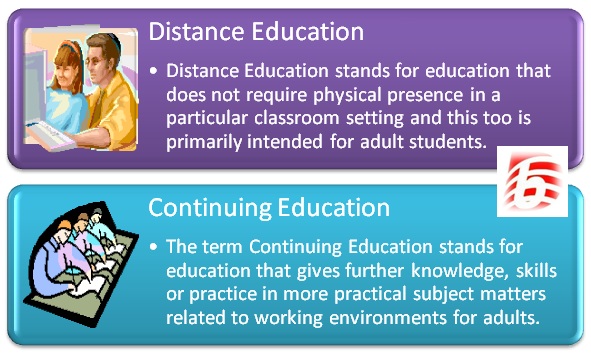Continuing Education vs Distance Education
Understanding the differences between Continuing Education and Distance Education can be helpful when navigating the educational landscape. Continuing Education refers to education that provides additional knowledge, skills, or practice in practical subject matters related to work environments, primarily for adults. Distance Education, on the other hand, is education that does not require physical presence in a specific classroom setting, and is also mainly intended for adult students. Some continuing education courses utilize distance education for delivering certain parts of the course content, but the majority of continuing education courses focus on professional development and are not conducted entirely as distance learning courses.
Key Takeaways
- Continuing Education is aimed at providing further knowledge, skills, or practice in practical subject matters for adults, often related to work environments.
- Distance Education does not require physical presence in a specific classroom setting and is primarily intended for adult students.
- Some continuing education courses use distance learning methods for certain parts of the course or program, but they are not conducted entirely as distance learning courses.
What is Continuing Education?
Continuing Education is a term widely used in the USA and Canada, while in the UK and Ireland, it is known as Further Education. This mode of learning targets adults with some educational qualifications. Continuing education courses are not necessarily degree courses or always offered by a university, but can be skill development courses, workshops, or seminars designed to be more effective in a specific line of work, such as technological skills needed in an office environment. These courses can also include soft skills development, leadership training, or even focus on a specific set of skills like secretarial skills. One key feature of continuing education is learning that is set in a specific context, often related to professional development. Most continuing education courses require physical presence in a particular setting, at least for some course units.
What is Distance Education?
Distance Education was first introduced by Sir Isaac Pitman in the 1840s. It does not require the physical presence of the learner in a specific setting and is intended for adults, as they are self-directed and responsible for their own learning compared to younger learners. Most distance education courses use postal mail and, more recently, electronic mail to send materials to participants. With the increasing involvement of technology in education, webinars, Skype sessions, and recorded video presentations have also become channels for delivering course content. Some distance learning courses require the participant’s presence in the original setting for evaluations or exams. Distance learning courses typically consist of theoretical knowledge in a certain discipline, such as English Literature, rather than skills development, which is more activity-oriented.
What is the difference between Continuing Education and Distance Education?
Both modes of learning are generally intended for adult learners. Continuing Education provides further knowledge, skills, or practice in practical subject matters related to working environments for adults. Distance Education is education that does not require physical presence in a specific classroom setting and is primarily intended for adult students. Although some continuing education courses use distance learning methods for certain course units, they are not conducted entirely in the distance learning format. This is because the majority of continuing education courses are skills-oriented and often activity-based. In contrast, distance learning courses are more focused on theory than practical skills. With the increasing involvement of technology, distance learning has become more effective than ever before.
In conclusion, the main difference between Continuing Education and Distance Education is the learning contexts that are oriented according to different professions and skills.
